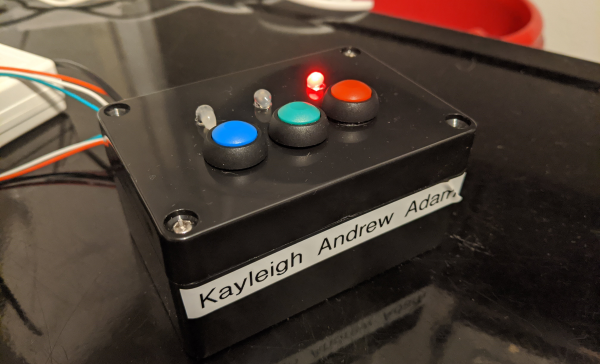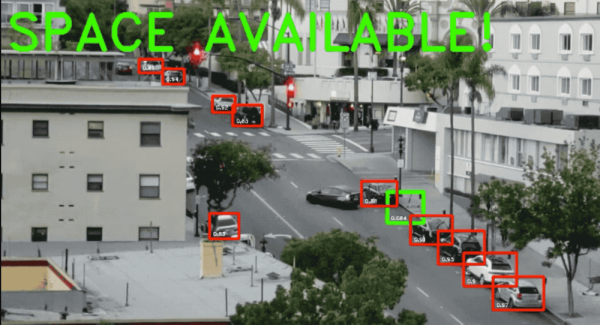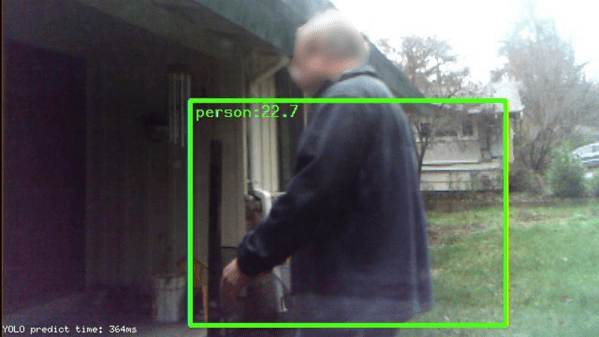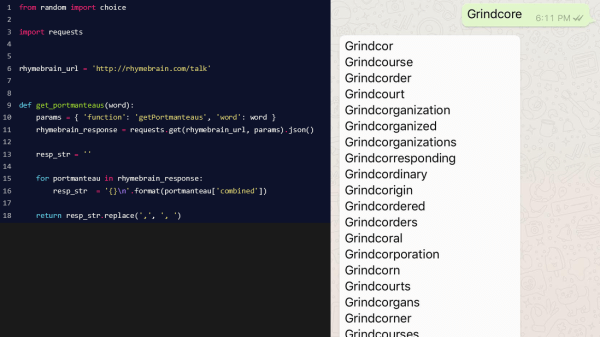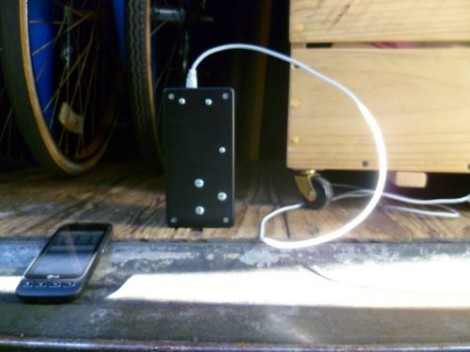There are quite a bit of mixed emotions regarding working from home. Some people love it and are thriving like they haven’t before, but others are having a bit of a hard time with it all. [Brandon] has been working from home for the last 12 years, but even after so many years of managing this type of work culture, he admits that it can still be a little stressful. He says he doesn’t take enough time in between tasks to simply relax and to breathe a little and the day-to-day minutia of his work can drive his stress level up if he doesn’t take some time to calm himself. He figured he could make something to monitor his stress level and remind himself to take a break and the results are pretty impressive.
He develops a system to monitor his heart rate and the ambient noise level in his room and uses these metrics as a measure of stress. If his heart rate or the ambient noise level goes above a certain threshold, then he sends himself a text message reminding himself to relax and take a break. You’ve probably seen people use heart rate as a measure of stress already, but you’re probably less familiar with using sound. [Brandon] basically thought the sound sensor would detect if he starts ranting for prolonged periods of time or if he’s in a Zoom meeting that gets too heated. We thought that was pretty neat.
[Brandon] used an off-the-shelf chest strap heart rate monitor to save himself a bit of time in trying to build his own. The device sends heart rate data to an nRF52840 over Bluetooth and then pushes the data to the cloud using a Blues Wireless Notecard. The Notecard also offers data encryption which gave [Brandon] some added peace of mind knowing his biometric data wasn’t floating around in the cloud without any sort of protection. This certainly isn’t medical-grade encryption, but it gave him a bit of comfort, nonetheless. All that data is processed in his custom-designed web app and when the appropriate thresholds are reached, he sends a text message to himself using Twilio reminding him to relax and unwind for a bit.
For his next iteration, [Brandon] might try making his own heart rate monitor. But until then, stay safe everybody, and remember to take a break whenever you need it.
Continue reading “A Stress Monitor Designed Specifically To Help You Work From Home”


